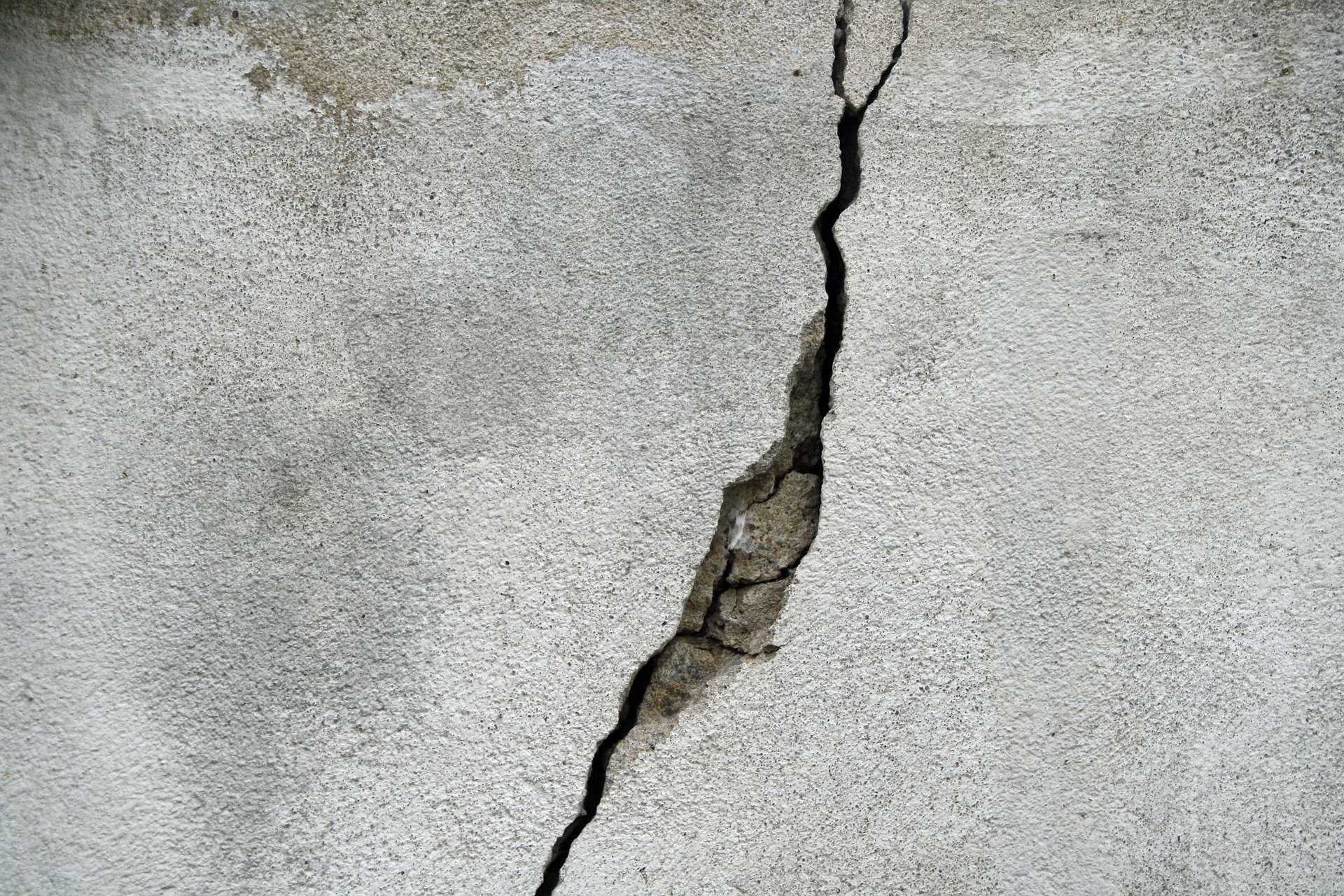
Biology has spent billions of years honing a response system to create healing features in many types of material. From human scarring capacity to the formation and mineralization of mollusk shells to fix cracks, biology has designed diverse ways to have a fast sense-and-respond system for damage. Today, researchers from the Department of Bioengineering at Imperial College London, led by Dr. Tom Ellis, are exploring modularity in engineered living materials, which are based on bacterially made cellulose.
The core objective of this groundbreaking effort is to exploit biology’s distinct ability to sustainably heal, replenish material and respond to constant damage while existing in harsh environments. Researchers are looking to make materials more functional than they are today. While sensors can be incorporated into material, they only send information. In this project, the sense-and-response system is one in the same. When damage occurs and is sensed, the response system kicks in and repairs the material.
Dr. Tom Ellis, lead researcher, said: “Using genetic engineering methods, we made bacteria produce fluorescent spheroids to prove the concept of DNA-encoded functionalization. With these spheroids, we built different shapes and patterns, demonstrating the potential of spheroids as building blocks. We also used these modular pieces to repair the material, restoring damage in a piece of bacterial cellulose just by placing the spheres within the damage and incubating the bacteria to regrow the material.”
Fixing a crack in a windshield
Dr. Patrick Rose, ONR Global London science director, said: “The challenge is to mimic and combine the distinct features biology has to offer. We are not only trying to emulate those systems, but engineer biology to have additional features that are more amenable to the needs we seek. For instance fixing a crack in a windshield, a tear in the fuselage of an aircraft or a pothole in the road) without direct intervention. Ultimately, we want to increase the lifetime of a product, prevent failures of systems before the problem is visible to the naked eye and have the material think for itself. We engineer biological systems to do these things by exploiting the platform of synthetic biology.”
Modules
The next step for this group of researchers is to develop new spheroid-like building blocks with different properties. The more types of blocks they can design and make, the more applications will be explored. Spheroids that are composites of BC with other materials is one exciting direction toward the future of this research line, as it will help to create more complex designs.
The discovery of bacterial cellulose spheroids as building blocks opens a new approach where grown material can be used as modules like we use other materials, for example in construction. We are currently working on hosting other living organisms within the spheroids that can live together with the cellulose producing bacteria. The possible living materials that can come from this are diverse, exciting and could be used for many tasks.
Read next: Self-repairing composite material comes at the right time
Selected for you!
Innovation Origins is the European platform for innovation news. In addition to the many reports from our own editors in 15 European countries, we select the most important press releases from reliable sources. This way you can stay up to date on what is happening in the world of innovation. Are you or do you know an organization that should not be missing from our list of selected sources? Then report to our editorial team.
